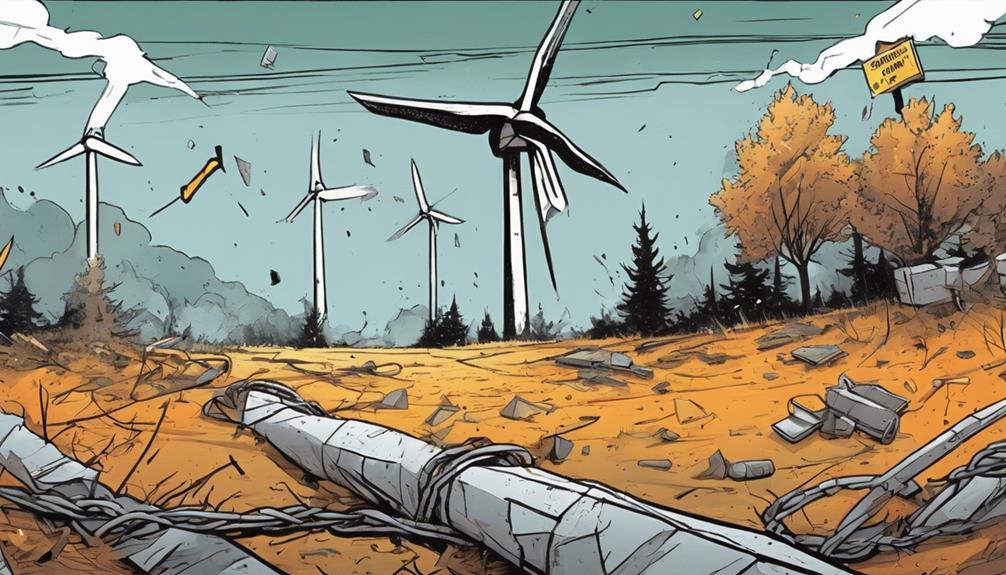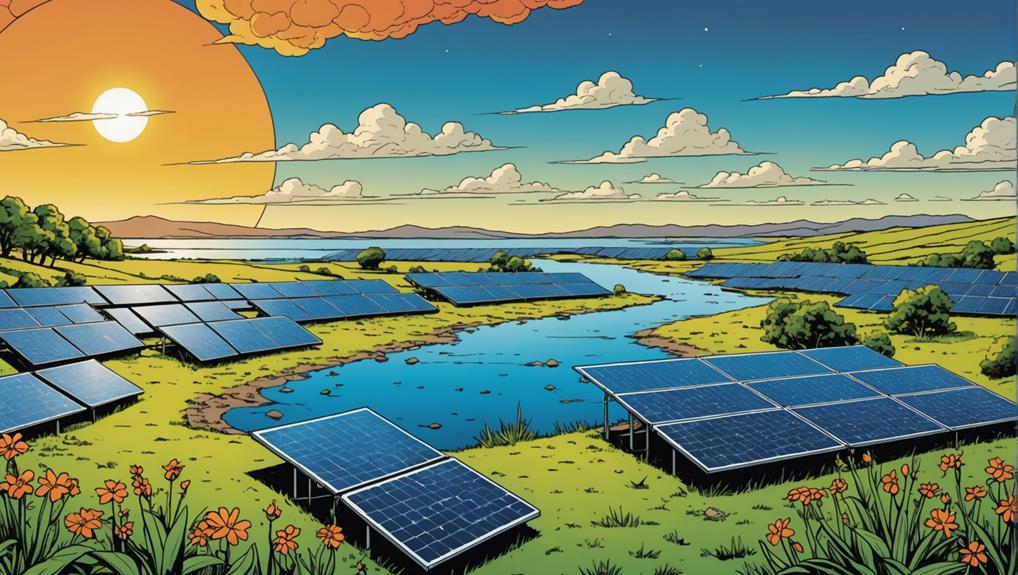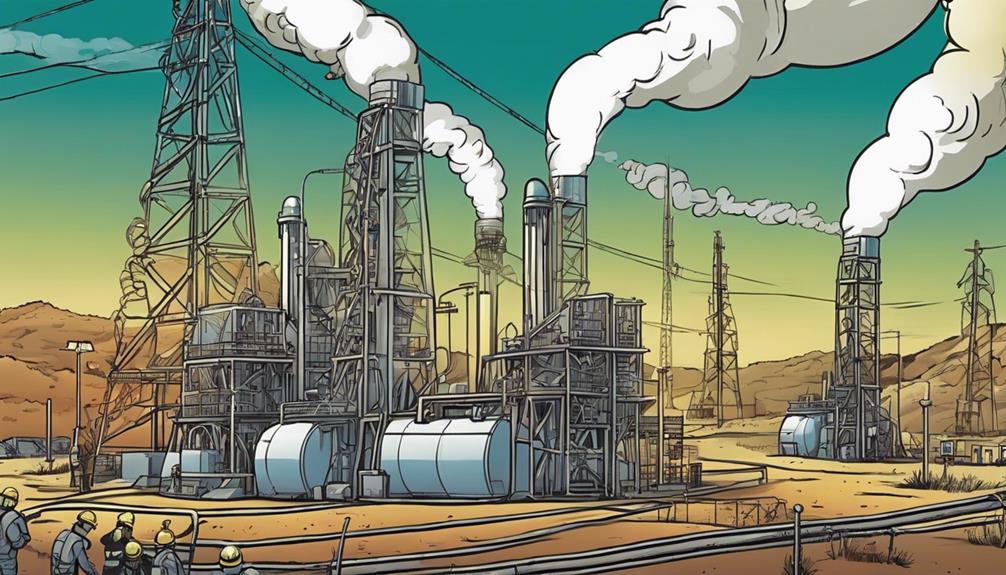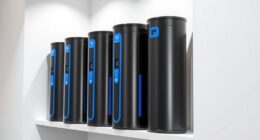As I explore the wind turbine industry, I'm faced with a disturbing reality – it's claiming lives at an alarming rate. With an average of 1.2 fatalities per 1,000 workers, it's clear that safety protocols are being neglected. Falls, electrocution, and equipment malfunctions are just a few of the hazards that are proving deadly. It's essential that we prioritize safety above all else and implement robust measures to protect workers. I'm compelled to investigate this issue further, and I'm not alone – the industry's future depends on it.
Key Takeaways
- The wind turbine industry is plagued by fatal accidents, including falls, electrocution, and equipment malfunctions, highlighting the need for robust safety measures.
- Climbing wind towers and working on rotors pose significant risks, including falls, electrocution, and being struck by moving parts, emphasizing the importance of proper training and safety protocols.
- Inadequate fall protection, improper maintenance, and equipment malfunctions have led to tragic losses, which could have been prevented with proper safety measures in place.
- Implementing and enforcing thorough safety measures, prioritizing safety above all else, and providing extensive training programs are crucial to minimizing dangers in the industry.
- Regular maintenance, fall protection, and Personal Protective Equipment (PPE) are essential to preventing accidents and protecting engineers' lives in the wind turbine industry.
Fatal Accidents in Wind Power
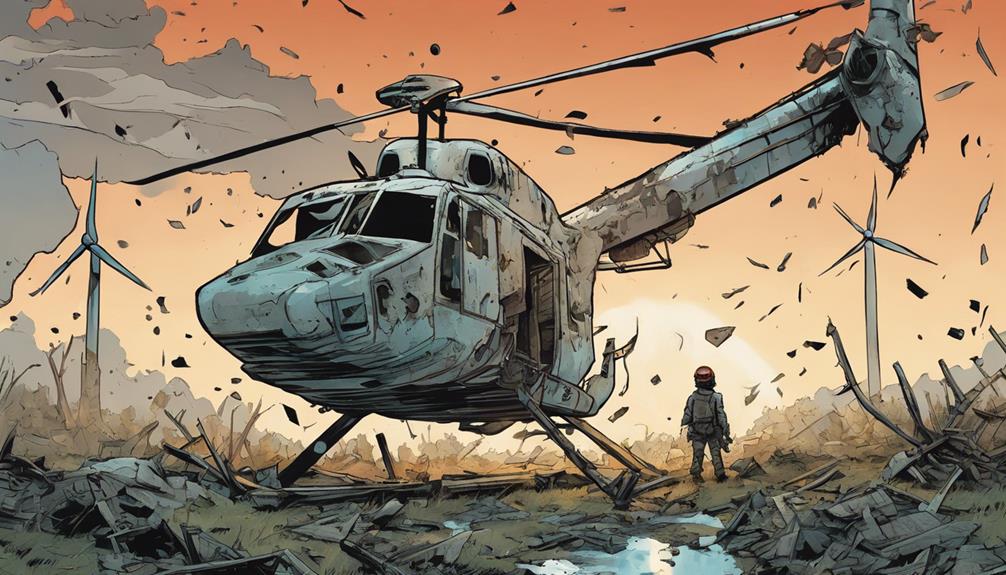
Witnessing the tragic loss of life in the wind power industry is a stark reminder that even a renewable energy source can come with a devastating human cost.
As someone who's passionate about sustainable energy, it's disheartening to see engineers risking their lives to maintain these massive structures. The statistics are alarming – falls, electrocution, and equipment malfunctions are just a few common risks that can prove fatal.
It's essential we acknowledge these dangers and prioritize safety protocols, training, and maintenance procedures. We can't afford to lose more lives in the pursuit of clean energy.
It's time to take a closer look at our safety measures and guarantee they're robust enough to protect those working in this industry.
Unforeseen Hazards and Risks

As I explore the world of wind turbine maintenance, I'm struck by the sheer number of unforeseen hazards that can lead to severe injuries or fatalities. From falls to electrical shocks, and being struck by moving parts, the risks are ever-present. Proper training, safety protocols, and protective gear are essential in minimizing these risks. Here are some of the unforeseen hazards and risks that wind turbine engineers face:
| Hazard | Risk |
|---|---|
| Climbing Towers | Falls, Electrocution |
| Working on Rotors | Struck by Moving Parts |
| Faulty Equipment | Electrical Shock, Fire |
These hazards highlight the need for thorough safety measures to protect engineers. By understanding these risks, we can take steps to mitigate them and create a safer working environment for wind turbine engineers.
Lessons From Engineer Fatalities

Analyzing engineer fatalities in the wind turbine industry reveals a disturbing trend: inadequate safety protocols and lack of training contribute to these tragic losses. It's heartbreaking to think that these accidents could have been prevented with proper measures in place.
Here are some startling examples:
- Inadequate fall protection: Engineers have fallen to their deaths due to poorly secured harnesses or lack of safety nets.
- Electrical shock: Improperly maintained electrical systems have led to fatal electrocution.
- Equipment malfunctions: Poorly maintained or faulty equipment has caused fatal accidents, highlighting the need for regular checks and maintenance.
These lessons from the past serve as a stark reminder of the importance of prioritizing safety in the wind turbine industry. By learning from these tragedies, we can work towards creating a safer environment for engineers.
Improving Safety Measures
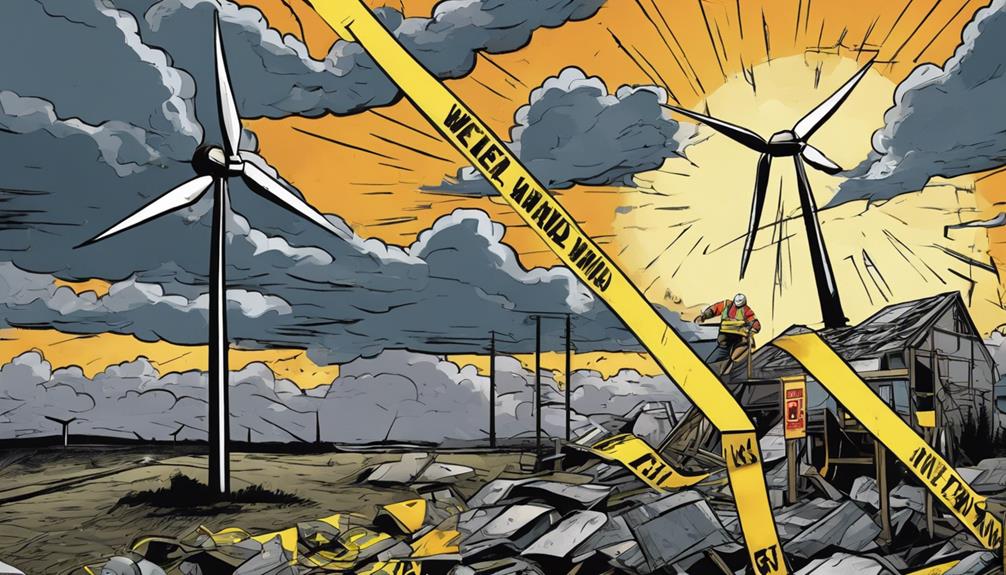
To prevent such tragedies from occurring in the future, it's essential that we implement and enforce thorough safety measures that protect wind turbine engineers from the hazards they face daily. As an industry, we must prioritize safety above all else. This includes providing extensive training programs that cover emergency procedures, hazard identification, and proper equipment usage.
| Safety Measure | Description |
|---|---|
| Personal Protective Equipment (PPE) | Hard hats, safety glasses, harnesses, and gloves to shield against physical harm |
| Regular Maintenance | Scheduled checks to ensure equipment is functioning correctly and effectively |
| Fall Protection | Safety nets, guardrails, and harnesses to prevent falls from heights |
| Emergency Response Plans | Procedures in place for quick response to accidents and injuries |
Protecting Engineers' Lives
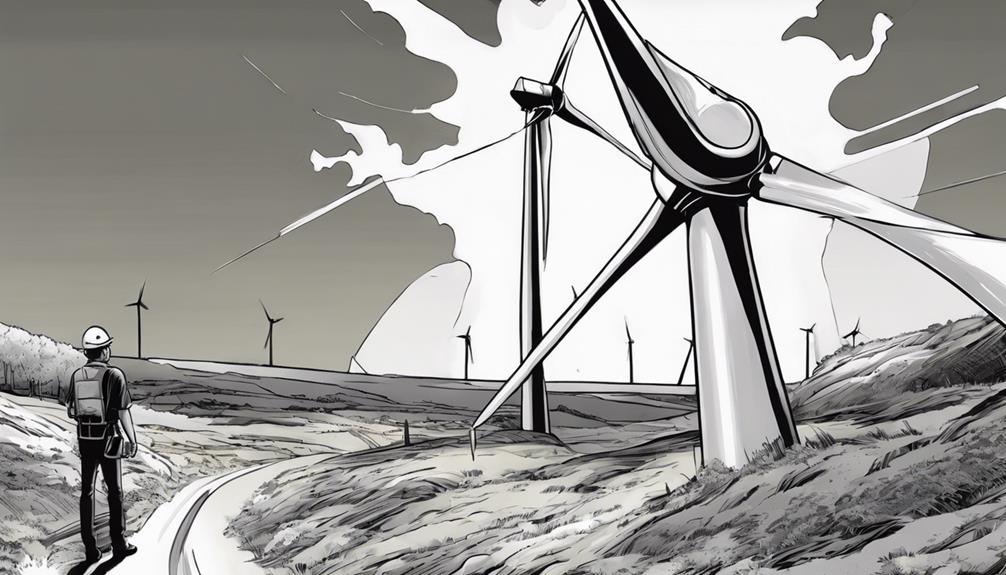
By acknowledging the devastating consequences of neglecting safety protocols, we can take an important step towards protecting engineers' lives and preventing future tragedies in the wind turbine industry. As engineers, we understand that our work is crucial to harnessing renewable energy, but it's equally important to recognize the risks involved.
By prioritizing safety, we can minimize the dangers that come with working at heights, handling electrical equipment, and dealing with complex machinery.
Here are three vital aspects to focus on:
- Robust training programs: Ensuring engineers are equipped to handle emergencies and identify hazards is essential.
- Comprehensive maintenance: Regular checks and maintenance can prevent equipment malfunctions and reduce the risk of accidents.
- Personal protective equipment: Providing engineers with proper gear, such as harnesses and safety glasses, can greatly reduce the risk of injury or fatality.
Frequently Asked Questions
What Percentage of Wind Turbine Accidents Involve Falling From Heights?
'As I explore the world of wind turbines, I'm struck by the grim reality: falls from heights account for a staggering percentage of accidents, with some reports suggesting up to 60% of incidents involve this perilous risk.'
Can Wind Turbine Engineers Refuse to Work in Hazardous Conditions?
As a wind turbine engineer, I can refuse to work in hazardous conditions, and it's my right to do so. If I feel unsafe, I'll speak up and advocate for a safer environment.
Are Wind Turbine Manufacturers Liable for Engineer Fatalities?
"According to OSHA, 1 in 5 worker fatalities in 2020 were in construction, including wind turbine maintenance. As an engineer, I believe manufacturers can be liable for fatalities if they fail to provide proper safety protocols and training, leading to preventable accidents."
How Often Should Wind Turbine Safety Protocols Be Reviewed and Updated?
'As a wind turbine engineer, I believe safety protocols should be reviewed and updated every 6-12 months to guarantee they remain effective and adapt to new hazards, technologies, and industry best practices.'
Can Wind Turbine Engineers Be Held Responsible for Their Own Fatalities?
As I climb the turbine, I'm acutely aware that one misstep can be fatal. Can I be held responsible for my own demise? It's a harsh reality, but ultimately, I'm not solely to blame – a lack of robust safety protocols and training also play a role.
What are the Safety Concerns Associated with Wind Turbines in the Industry?
When it comes to wind turbines in the industry, safety concerns are important to address. Workers need to be aware of potential hazards such as blade failures, electrical dangers, and fall risks. By staying informed and following safety protocols, the industry can help mitigate solar panel health risks and benefits associated with wind turbines.
Conclusion
As I reflect on the wind turbine industry's dark underbelly, I'm reminded that safety is the thread that weaves together the very fabric of this profession. One misstep, one miscalculation, and the consequences can be catastrophic.
It's time to sound the alarm, to shine a beacon of awareness on the fatal safety concerns that have claimed too many lives. Let's learn from the past, and forge a safer future for these brave engineers, where the only force that blows is the wind, not tragedy.
